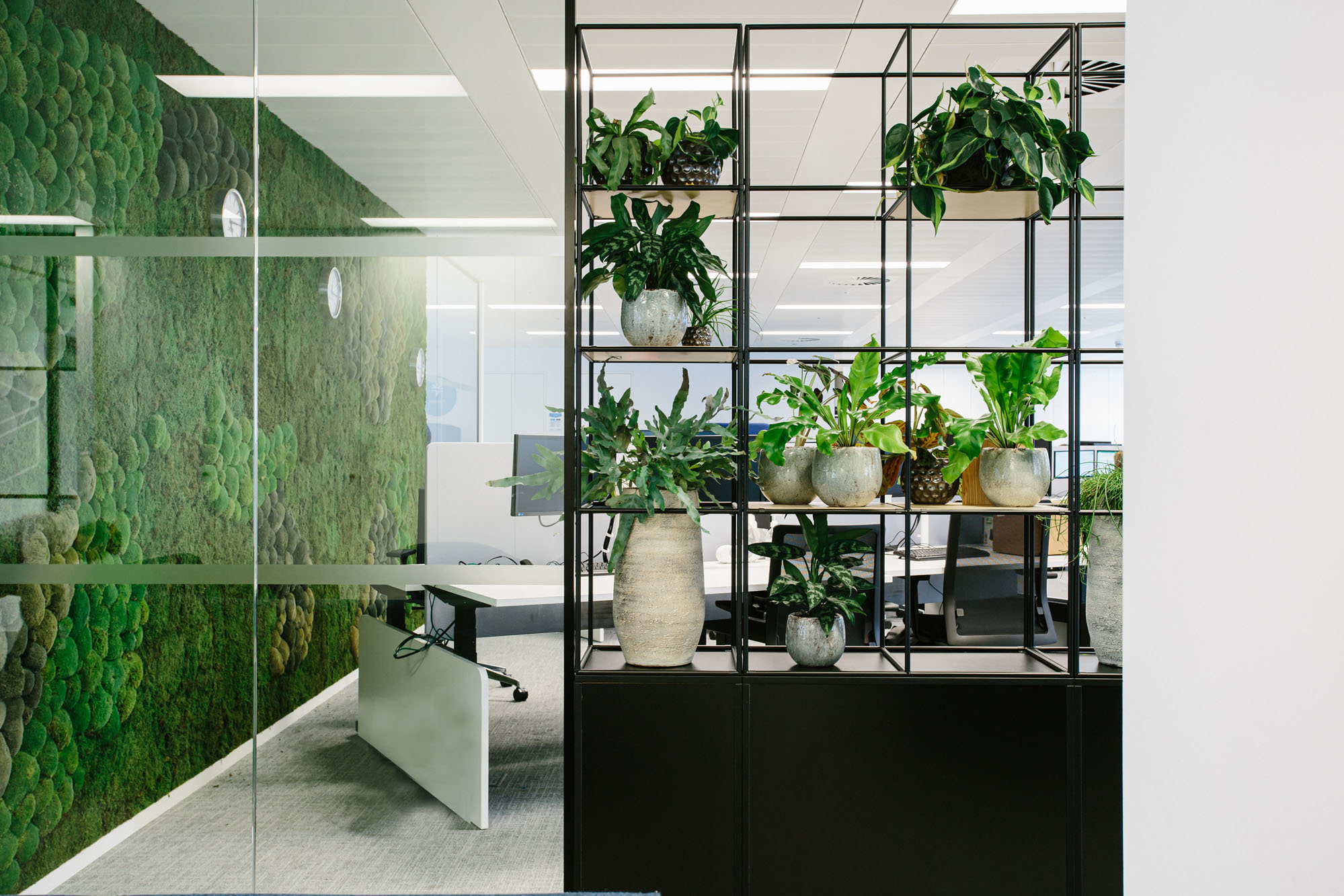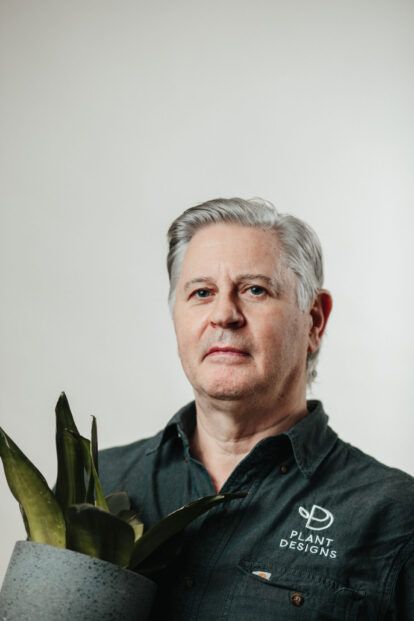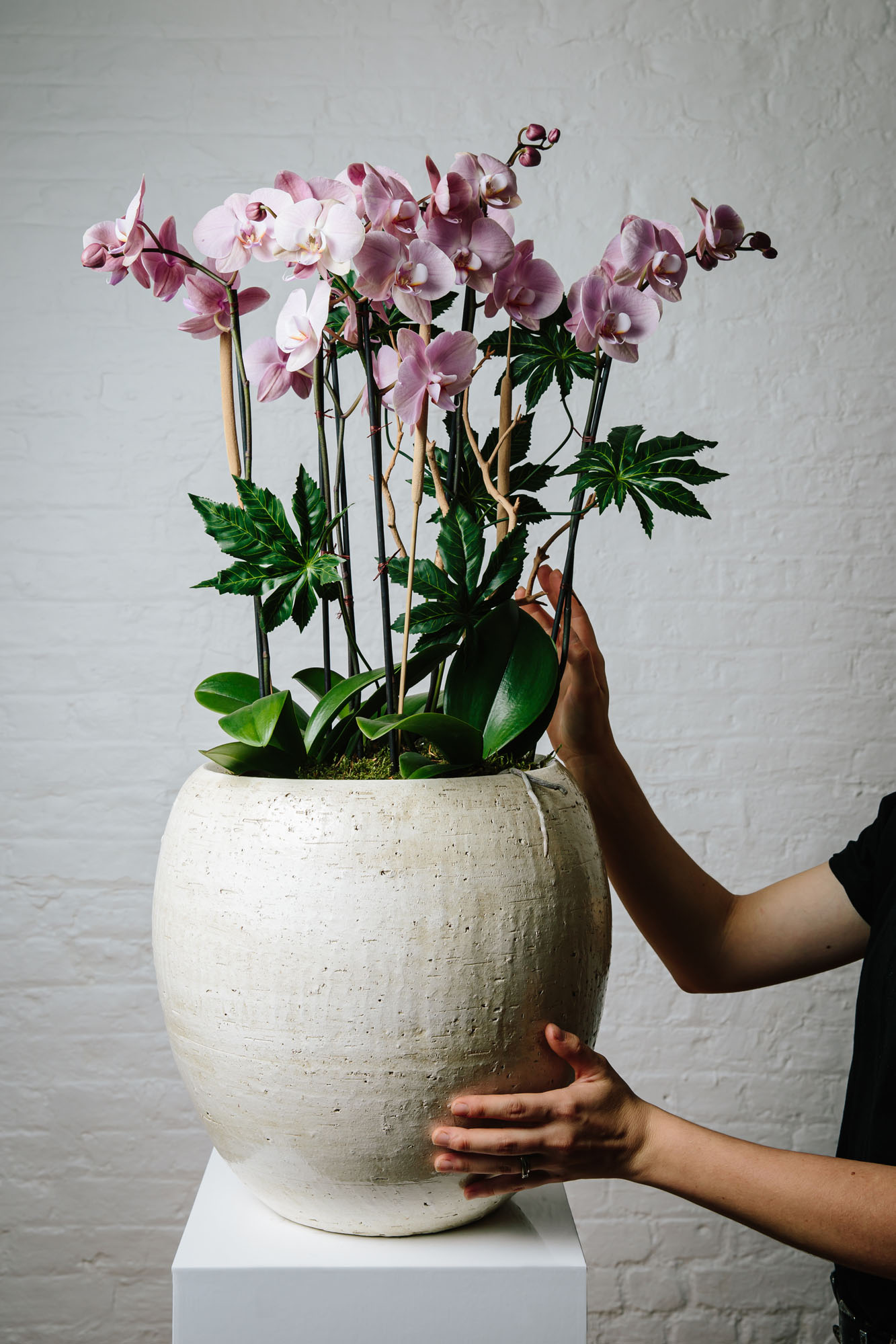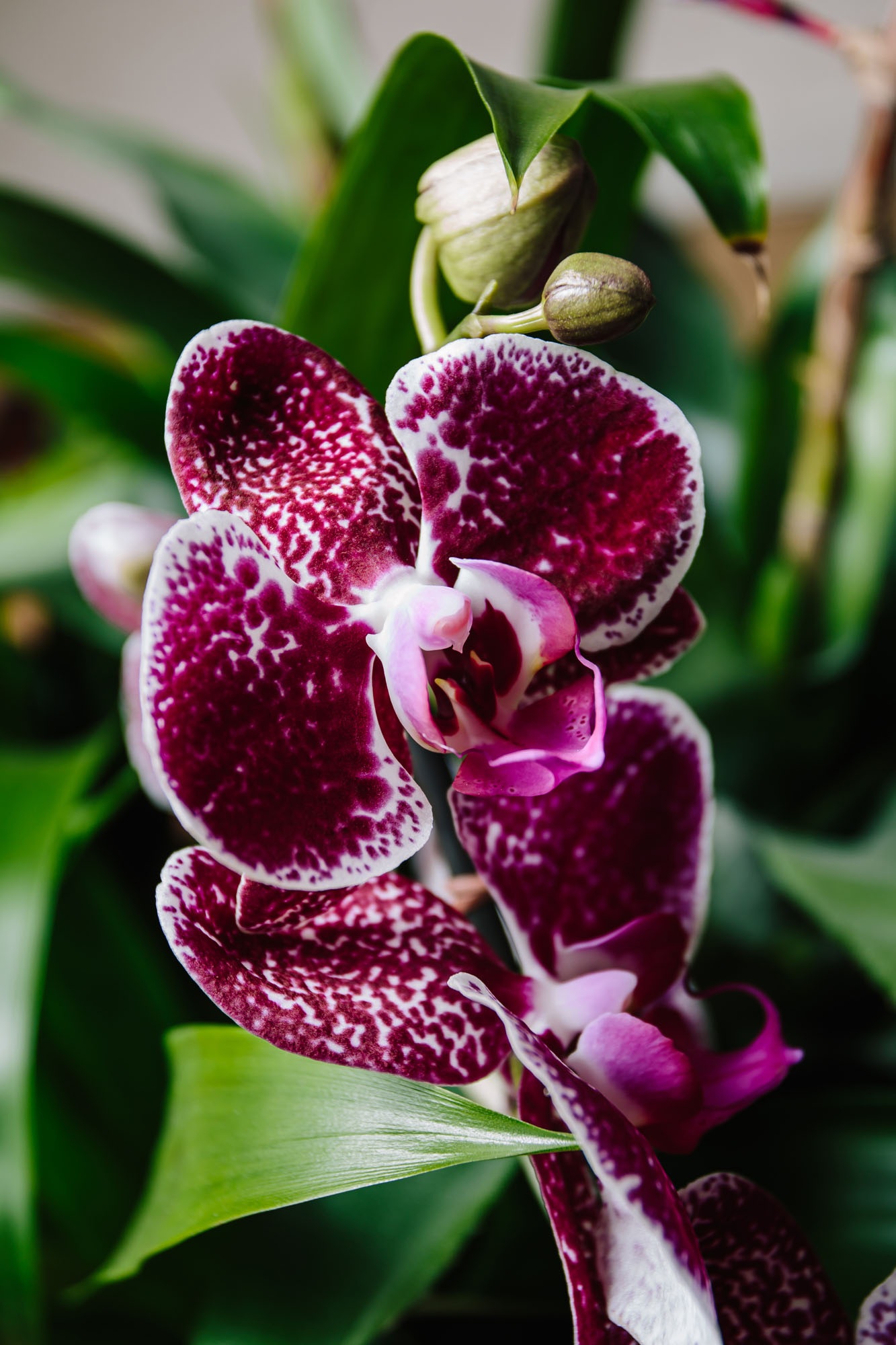
Plant Spotlight: Orchid Varieties

Words by Tim
Orchid Care Tips for a Thriving Indoor Garden
It may be an obvious fact to state, but here at Plant Designs we’re passionate about one topic in particular… plants! In our Plant Spotlight series we invite members of the team to tell us a little about their favourite greenery. Today we speak to Tim, one of our horticulturists who simply can’t get enough of elegant orchids.
It may seem obvious given the title of this post, but quite simply, I love orchids! These popular plants are beautiful and long-lasting, available in hundreds of exotic colour and pattern variations. What’s not to like?
There are many different kinds of orchid, but the most common (and the one we use most frequently at Plant Designs) is the Phalenopsis or ‘Moth Orchid’, so called because the shape of its flower resembles a moth.

Photography by Nic Kane.
Though many think that orchids are high-maintenance, the truth is that with a few tricks up your sleeve, they’re easy to care for. In my opinion, the best way to keep this plant healthy is to put it in a brightly lit area, though not in direct sunlight which can burn its delicate flowers. It should always be slightly damp, but not wet – the very best way to water an orchid is to ‘dunk’ or almost submerge the pot in a large container of water, hold it there for a few minutes until all the pieces of bark have absorbed some water, then lift it out and let it drain. It shouldn’t need watering again for at least a week in summer and two to three weeks in winter, depending on local conditions.
Eventually (usually after about two to three months) all the flowers will have died off. Don’t panic! At this time, you should cut the empty stem off near the base to allow for new growth. Keep watering the plant, keep it in a well lit location, and in about four to six weeks it will begin to grow a new flower stem. If it doesn’t seem to want to sprout fresh growth, try moving it to a different position – slightly cooler, warmer, brighter, or even slightly darker – this will often stimulate the plant, nudging it into action. Because orchids originate in hot, steamy jungles they especially like bright kitchens and bathrooms because of the light and humidity.

Photography by Nic Kane.
With a little care and patience, an orchid can be kept in flower almost continuously all year round. Beauty and longevity are a winning combination in any plant, which is why orchids are consistently at the top of my favourites list. What a terrific plant!
Interested in introducing some orchids to your space? Get in touch with our team today to discuss our Bloom range, a rotational planting scheme comprising stunning orchid displays (and much more!)
